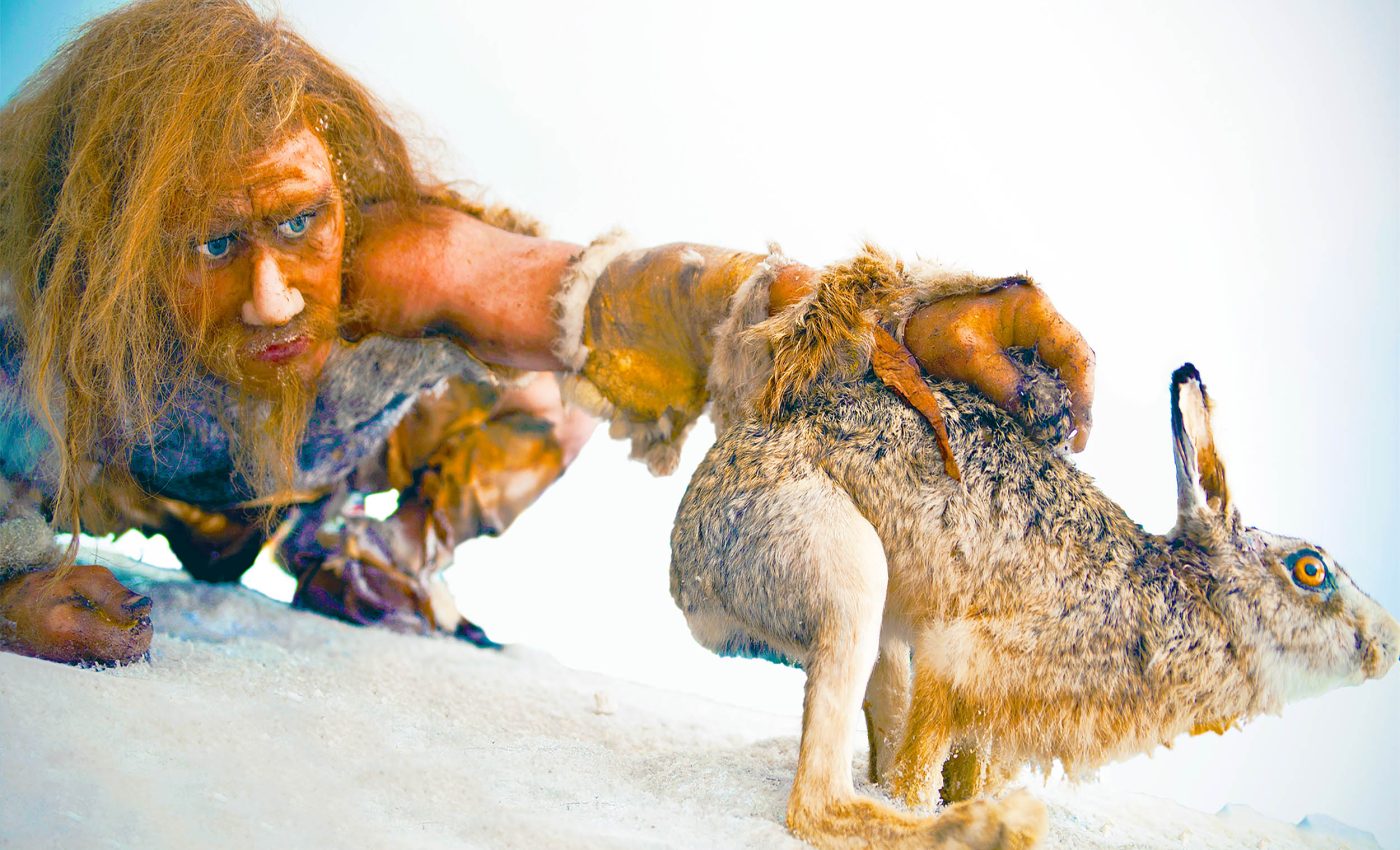
Eat like a Neanderthal: Unpacking ancient cooking methods
Have you ever wondered about the cooking methods of Neanderthals, our sturdy, ancient relatives? Specifically, how they managed to feast on birds — a fare far removed from their infamous big-game hunting repertoire?
Neanderthal food processing
The guide on this prehistoric gastronomical tour is Dr. Mariana Nabais of the Institut Català de Paleoecologia Humana i Evolució Social in Spain, lead author of this intriguing study.
Dr. Nabais offers an enlightening perspective on the nuanced world of Neanderthal food processing and cooking.
“Using a flint flake for butchering required significant precision and effort, which we had not fully valued before this experiment. The flakes were sharper than we initially thought, requiring careful handling to make precise cuts without injuring our own fingers,” Dr. Nabais explained.
“These hands-on experiments emphasized the practical challenges involved in Neanderthal food processing and cooking, providing a tangible connection to their daily life and survival strategies.”
Bird cuisine and Neanderthals cooking
Despite the well-known big-game hunting practices of Neanderthals, their taste for winged meals remains a facet under a shroud of mystery.
However, thanks to recent discoveries and new techniques, we are now able to delve into the secrets of prehistoric bird hunting and butchering methods.
Scientists embarked on a culinary journey into the past, replicating the cooking methods that our Neanderthal ancestors might have used.
This resulted in an experimental database, providing key insights when compared with actual archaeological sites.
Neanderthals cooking
For their experiment, the scientists chose five birds similar to the prehistoric species that the Neanderthals hunted.
Armed with archaeological evidence and ethnographic data, they brought these ancient culinary arts back to life.
After defrocking the birds, they roasted three over hot coals, and butchered two raw using a flint flake.
“Roasting the birds over the coals required maintaining a consistent temperature and carefully monitoring the cooking duration to avoid overcooking the meat,” Dr. Nabais explains.
Clues from the Past
Upon inspection, the scientists discovered intriguing traces of their prehistoric cooking experiment. The raw birds processed with the flint flake offered considerable evidence, including half-moon scars on the tool’s edge and cut marks on the bones.
Roasting turned out to be a double-edged sword. Although it made the meat more accessible, it also increased the brittleness of the bones, leading to their breakage and subsequent loss from the archaeological record.
Neanderthal cooking diversity
The findings from this culinary experiment suggest that the Neanderthal diet was far more diverse than previously assumed.
They didn’t solely rely on large mammals; instead, they incorporated a variety of birds into their meals, which indicates adaptability and a more intricate understanding of their environment.
Birds provided not only a source of protein but also essential nutrients that were critical for survival. This dietary flexibility may have allowed Neanderthals to thrive in diverse habitats, showcasing their resourcefulness in the face of changing climates and landscapes.
Implications for modern cooking
The implications of these ancient butchering methods extend beyond historical curiosity; they resonate with contemporary cooking practices.
Learning about the precision required in flint flaking and the careful roasting techniques used by Neanderthals can inspire modern chefs to appreciate traditional methods of food preparation.
By reconnecting with these fundamental skills, we can cultivate a deeper appreciation for the food we consume and the efforts that go into sourcing and preparing it.
Emphasizing a return to simpler, more intentional cooking methods provides not only a culinary challenge but also a meaningful way to honor our ancient ancestors.
Future Directions
While this pilot study provides a fascinating look into the diet of Neanderthals, there’s plenty more to unearth.
“Further research with larger samples, varied species, and more diverse experimental conditions is necessary to expand upon these results,” Dr. Nabais notes.
As we continue to explore Neanderthal dietary practices, integrating innovative technologies with archaeological methodologies could reveal even more about their culinary heritage.
This could lead to a deeper understanding of their survival strategies and cultural practices.
The study is published in the journal Frontiers in Environmental Archaeology.
—–
Like what you read? Subscribe to our newsletter for engaging articles, exclusive content, and the latest updates.
Check us out on EarthSnap, a free app brought to you by Eric Ralls and Earth.com.
—–













